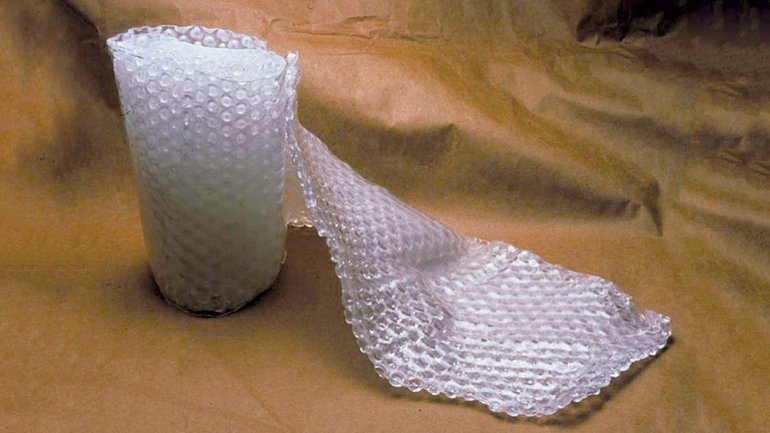The Downside of Success
The Downside of Success
Q: Studio glass in the United States is just 50 years old, but it has ascended in the marketplace quickly. Many glass works command thousands (or tens of thousands) of dollars, much higher prices than most objects in other mediums. Yet glass artists struggle to win widespread critical approval. How do you account for the medium’s complex position in the craft world?
A: There’s a shorthand answer to this line of questioning: Dale Chihuly. It’s hard to think of another artist who’s had similar impact in a single craft medium, at least since Peter Voulkos instigated the 1950s clay revolution. The difference is that Chihuly has been effective on every front: not only forging a distinctive style (as Voulkos did) and inspiring an army of followers (as Voulkos also did, through his teaching), but also reshaping the market for glass and establishing an infrastructure for its production and promotion.
Corning Museum of Glass curator Tina Oldknow tells the story beautifully in her book on Pilchuck Glass School, the influential glass center Chihuly founded near Seattle. It’s essentially the tale of the craft counterculture of the 1960s giving way to the more technically sophisticated but also more commercially oriented 1980s. That happened in other mediums, too, but glass prices shot up faster and higher by far. If you go to SOFA or another big commercial craft event these days, you’ll see glass dominating the proceedings, much of it aimed at the collector and decorator market.
Looking at contemporary studio glass, I am often reminded of a teenager driving the family car way too fast and buying expensive clothes that don’t quite fit. The ride is a thrill, and there’s no doubting the quality of much of the workmanship. But whether it amounts to a serious art movement is another story. The rapidly expanding market, with Chihuly at its center, has been built on material matters – dazzling color, translucency, daredevil technique, and the spectacle of the hot-shop demo. This has turned the field inward. Its innovations have tended to be purely aesthetic, as if the medium were trapped in a modernist era in which form and beauty are all that count.
As these comments suggest, I have never been a critical supporter of the glass scene, as I have for other craft mediums. One reason is my instinctive tendency to back the underdog. A glossy success story is, to me at least, a bit of a turnoff. I also don’t like the way that glass supporters consciously (if effectively, I must admit) lobby museums to represent the medium. They’re free to do so, of course, but as a curator I prefer to draw my own conclusions.
Just recently, however, I have begun to change my tune. In a few months I’ll be speaking to the Glass Art Society for the first time, on the occasion of the studio glass movement’s 50th anniversary. It was in 1962 that the first experimental workshops were held in Toledo, Ohio. With help from industry, Dominick Labino and Harvey Littleton managed to put the tools of glassblowing into the hands of artists. The first results weren’t impressive technically, but those early blobs were the start of something filled with exuberance and possibility.
Today, I sense that glass artists are abandoning the beauty contest and rediscovering that sense of unformed possibility. There have always been a few – many of them working abroad – who resisted the allure of perfectly made baubles, but it’s increasingly OK to make objects that lack immediate visual appeal. Young artists working in the medium, such as Chris Taylor, Andy Paiko, Gaea Todd, and Pernille Braun, have begun to launch compelling conceptual and gestural investigations. There are also a handful of established figures working with glass, most prominently Fred Wilson, Josiah McElheny, and Beth Lipman, who have gotten the broader art world to sit up and take notice. It’s not that such approval is all that matters, but every field of endeavor needs the broadest possible range of expression and inquiry to remain vibrant.
So glass art’s long-established aesthetic brilliance is now being matched by great ideas. This means it’s time for people like me to pay closer attention. Glass has long been commercially successful but critically suspect. If artists can stop themselves from cashing in on the medium’s easy pleasures, though, they’ll prove that the two aren’t mutually exclusive.
Got a question? Email [email protected]. Glenn Adamson is head of graduate studies at the Victoria and Albert Museum, London, and co-editor of the Journal of Modern Craft.

